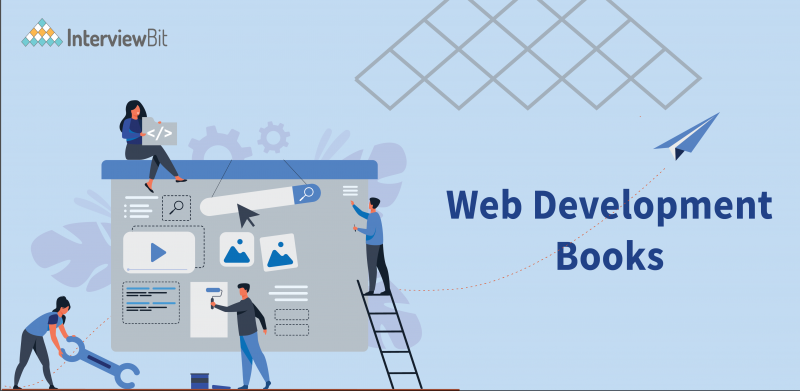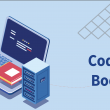- Introduction
- Best Web Development Books
- 1. Jon Duckett’s HTML and CSS:
- 2. A beginner’s guide to HTML, CSS, Javascript, and Web Graphics, by Jennifer Niederst Robbins
- 3. Marijn Haverbake’s Eloquent Javascript:
- 4. Kyle Simpson’s You Don’t Know JS
- 5. Don’t Make Me Think by Steve Krug
- 6. Fullstack Vue: The Complete Guide to Vue.js by Hassan Djirdeh, Nate Murray, and Ari Lerner
- 7. Learning PHP, MySQL & JavaScript: With jQuery, CSS & HTML5 by Robin Nixon
- 8. PHP and MySQL for Dynamic Web Sites: Visual QuickPro Guide by Larry Ullman
- 9. PHP Objects, Patterns, and Practice by Matt Zandstra
- 10. Don’t Make Me Think, Revisited: A Common Sense Approach to Web Usability by Steve Krug
- Conclusion
- FAQs
- Q1: What should I read for web development?
- Q2: Which language is best for web development?
- Q3: What are the fundamentals of Web development?
- Additional Resources
Introduction
Construction, creation, and maintenance of websites are all referred to as web development. It refers to the app development process that operates through the internet, such as a website.
When taken in its broadest sense, web development comprises all of the activities, changes, and operations necessary to create, maintain, and administer a website to guarantee that its efficiency, consumer experience, and performance are at their best.
It may also contain but is not required to include, all of the strategic measures necessary to guarantee that it is correctly positioned in search engine results. Typically, such responsibilities fall within the purview of a distinct speciality, particularly search engine optimization (SEO).
Confused about your next job?
Web development is sometimes referred to as website development, and the individuals who design, construct, and manage websites are referred to as web developers or (more often) web devs.
We have listed the best web development books for you to refer to, what topics you should cover in that book, and the Amazon link to easily purchase it. Let’s dive into the list of web development books.
Best Web Development Books
1. Jon Duckett’s HTML and CSS:
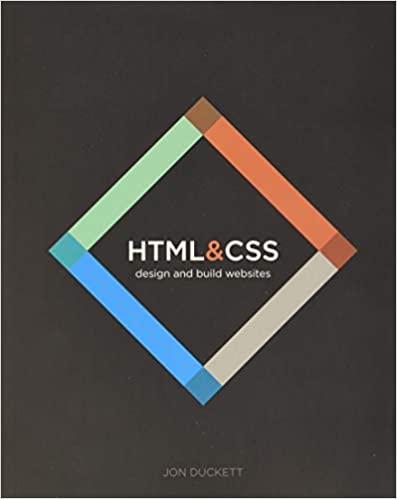
Design and Construct Website is a book that teaches how to design and build websites using HTML and CSS. This novel by Jon Duckett is very well-liked by readers. If you are a newbie in design and have just recently begun studying HTML and CSS, this book is ideal for you since it will teach you everything from the ground up to an experienced level. The information in this book is of really high quality, and the presentation of everything is well-organized. You will discover the definition of each subject and the code and the results of the code. The author of this book has created code in a visually appealing way so that everyone can grasp it. In this book, the graphics are excellent, and all of the features, examples, and code are taught in detail, utilizing a colour-coding scheme to distinguish between them. It contains layouts and graphics that are similar to those seen in magazines, as well as pages that are of excellent quality.
2. A beginner’s guide to HTML, CSS, Javascript, and Web Graphics, by Jennifer Niederst Robbins
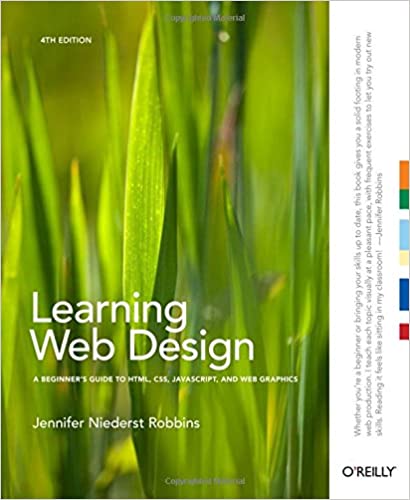
This book has over 600 pages, and the greatest part about it is that it has a plethora of exercises that will allow you to test and play with your code, which will help you understand your ideas better. This book will learn about HTML, CSS, Javascript, web graphics, and responsive web design, amongst other things. Although the title of this book states that it is intended for beginners, most novices discover that it contains advanced themes. If you already have a basic understanding of web design, this book is the greatest resource for getting in-depth web design and development expertise. However, if you are a newbie, we suggest studying the fundamentals before picking up this book.
3. Marijn Haverbake’s Eloquent Javascript:
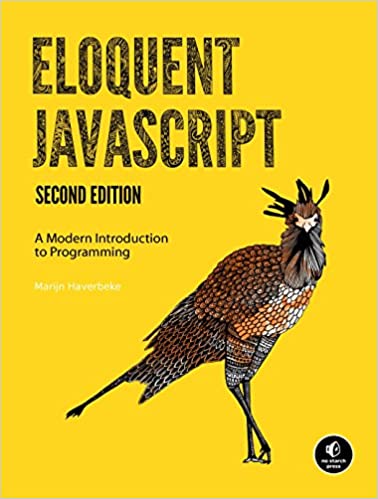
In this book, Marijn Haverbeke has brilliantly covered all of the ideas of javascript and will lead you through the foundations of javascript, beginning with variables, control structures, functions, and data structures. After that, you’ll study advanced subjects like object-oriented programming and conditionals.
The author has also included exercises and several micro-tasks in this book to help you test your knowledge and master all of the subjects covered. Before taking up this book, one thing to bear in mind is that, as the title implies, it focuses on an introduction to programming using javascript rather than being only a javascript book. We’ve also put it in the advanced area since the exercises may be challenging for you to complete. You may need to seek clarification from the internet, but this will better help you understand your notions.
4. Kyle Simpson’s You Don’t Know JS
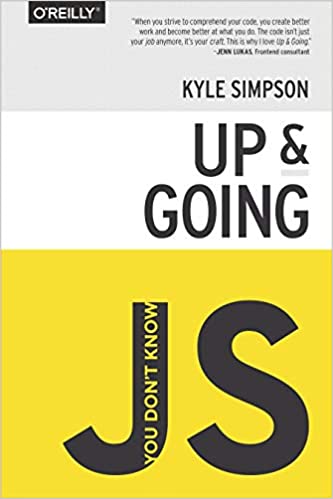
The JavaScript language has a plethora of books available, many of which are quite large. However, you Don’t Know JS isn’t a massive textbook; rather, it’s a collection of six short books, each of which covers a distinct subject in JavaScript.
These are excellent if you’re a complete newbie since Kyle Simpson does an excellent job of teaching things straightforwardly. But, of course, if you prefer actual books (which I find convenient to keep next to the computer), you can purchase them from the comfort of your own home.
5. Don’t Make Me Think by Steve Krug
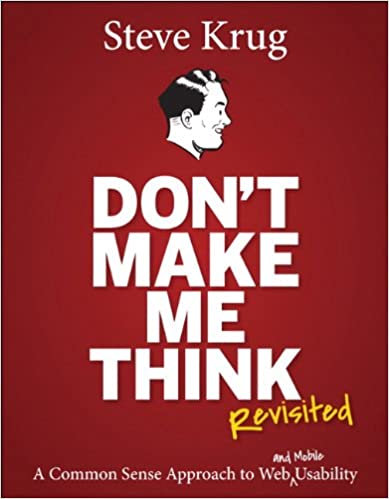
What if you’ve heard the phrases UX (user experience) and user design but have no idea what they refer to? A fantastic introduction to the world of creating websites that people like using, this book is a must-read. It covers the fundamentals of how visitors to your website activity and what aspects of websites might cause them to get frustrated.
6. Fullstack Vue: The Complete Guide to Vue.js by Hassan Djirdeh, Nate Murray, and Ari Lerner
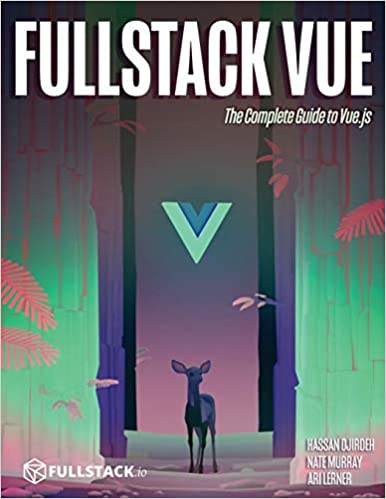
Vue is another famous JavaScript framework that is used for web development. It is intended for basic and advanced users with the fundamentals of JavaScript.
The book claims to assist you in mastering the whole Vue framework, provide you with strong foundations, and teach best practices for dealing with JavaScript frameworks, among other things.
Furthermore, it is chock-full of actual examples and activities covering every facet of the Vue programming framework. After finishing the book, you’ll be able to create a persistent shopping cart, create a calendar application, verify forms, and more.
7. Learning PHP, MySQL & JavaScript: With jQuery, CSS & HTML5 by Robin Nixon
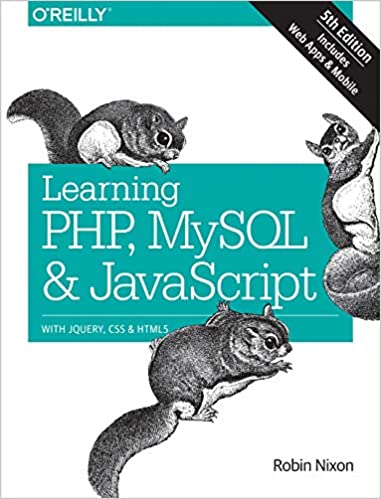
This web development book will guide you through the process of learning back-end programming and developing data-driven websites and online applications. Rather than absolute novices with no prior expertise in software development, it is primarily oriented toward seasoned front-end developers and software engineers.
Aside from covering the fundamentals, this book delves into further information about how various programming languages interact to construct a sophisticated, data-driven website or application using the jQuery framework.
In this book, you will work on a social networking website that is accessible from both desktop and mobile devices, which will be explained in detail in the text. You’ll learn how to construct dynamic web pages that alter depending on user input and how to utilize cookies to maintain high levels of security, master user experience (UX) design, and understand basic design concepts in this course.
8. PHP and MySQL for Dynamic Web Sites: Visual QuickPro Guide by Larry Ullman
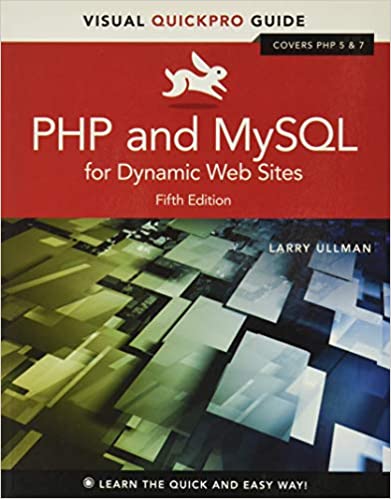
A collection of the greatest web development resources available, this book is aimed at intermediate developers who wish to improve their knowledge of server-side programming languages and other server-side programming techniques. Throughout the book, you will find several demos and real-world examples to assist you in learning PHP and MySQL web development.
In addition to fundamental challenges related to server-side programming, the author delves into advanced subjects such as security, session management, and object-oriented programming methodologies.
Paperback and Kindle versions are now available, and the book contains a comprehensive reference guide that you may use to refresh your memory for years to come.
9. PHP Objects, Patterns, and Practice by Matt Zandstra
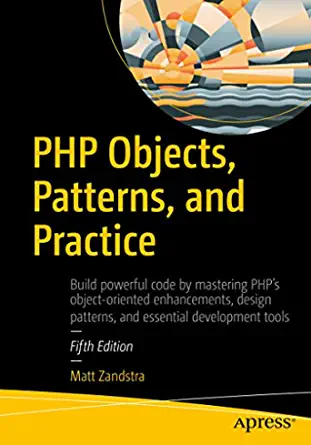
If you want to push your PHP programming skills to the next level, PHP Objects, Patterns, and Practice is one of the greatest web development books you can find. Complex subjects like attributes, function Object() property promotion, new arguments, and return pseudo-types are covered in detail. It has been completely reworked and updated for PHP 8.
Following an introduction to object-oriented programming ideas, this web development book moves on to design patterns and tools that will assist you in turning your code into a successful project. In addition to being accessible in Kindle and print formats, it is aimed at experienced developers.
10. Don’t Make Me Think, Revisited: A Common Sense Approach to Web Usability by Steve Krug
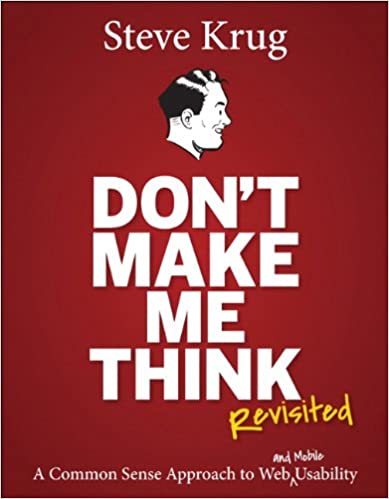
It does shed light on the basic notions of online usability that go hand in hand with effective web development methods. In this book, which is one of the finest for web development, you will learn the fundamentals of intuitive navigation and information design and how to make your website more usable. The recommended practices for mobile usability are also included in the new version.
Available in both print and Kindle formats, it has a wealth of examples and gorgeous images that make this book a pleasure to browse through.
Conclusion
As you’ll see, there really is no lack of excellent books on web development that cover a wide range of topics and are ideal for readers of all skill levels. So adding some of the top books for web development that we’ve identified to your library and getting started are the only things that are left for you to do.
FAQs
Q1: What should I read for web development?
Ans: We have listed above 10 books for web development such as Jon Duckett’s HTML and CSS, A Beginner’s Guide to HTML, CSS, Javascript, and Web Graphics, By Jennifer Niederst Robbins, and many more such books you can consider.
Q2: Which language is best for web development?
Ans: Web development and data analysis are two of the most important and greatest multi-purpose programming languages now accessible on the market. Python is among the most powerful and best multi-purpose languages available.
Q3: What are the fundamentals of Web development?
Ans: The Fundamentals of web development are as follows:
- HTML Syntax for Beginners is a great place to start if you’re new to coding. Headings, paragraphs, and body tags are all examples of formatting.
- Link Coding. Within a website, there are many ways to link to different pages.
- Adding Pictures The Source Attribute and the Image Tag
- Cascading Style Sheets: An Overview (CSS)
- Basic Page Formatting and the Div Tag
- Background-Images with the Box Model
- Images and Floats
- Links.







 Join WhatsApp Group
Join WhatsApp Group
